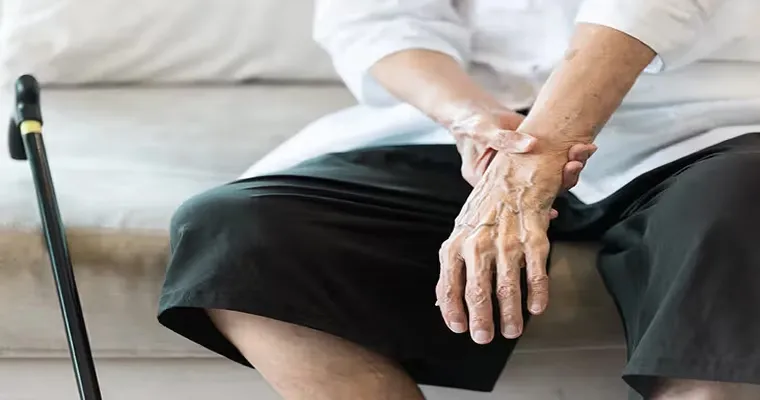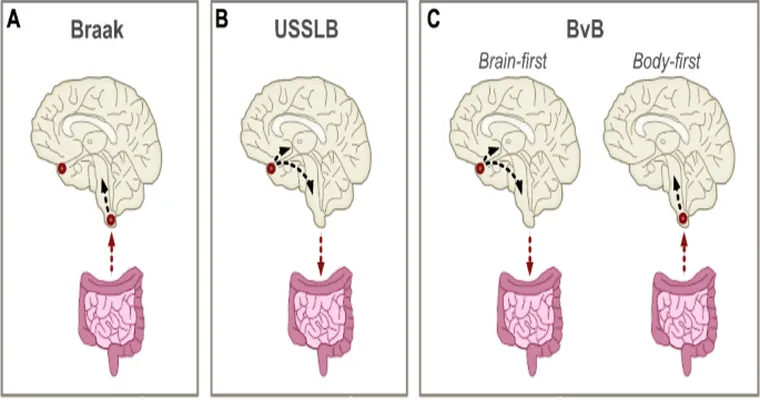Lewy Body Dementia (LBD) is a complex and often misunderstood condition that affects many individuals and their families. Understanding "Lewy Body Dementia", its symptoms, and its impact is crucial for those affected by this disease. Here are eight essential facts that everyone should know about Lewy Body Dementia.
"1. What is Lewy Body Dementia?"
Lewy Body Dementia is a progressive neurological disorder that is characterized by the presence of abnormal protein deposits called Lewy bodies in the brain. These deposits disrupt normal brain function, leading to cognitive decline and a range of other symptoms.
"2. Symptoms of Lewy Body Dementia"
The symptoms of LBD can vary widely but often include visual hallucinations, fluctuations in attention and alertness, and motor symptoms similar to those seen in Parkinson's disease. These can include stiffness, tremors, and difficulty with movement.
"3. Diagnosis Challenges"
Diagnosing Lewy Body Dementia can be particularly challenging. It is often misdiagnosed as Alzheimer’s disease or Parkinson's disease due to overlapping symptoms. A thorough clinical evaluation and review of medical history are essential for an accurate diagnosis.
"4. The Role of Visual Hallucinations"
One of the hallmark symptoms of LBD is the presence of "visual hallucinations". Patients may see things that are not there, which can be distressing. These hallucinations can occur early in the disease process and are often a key indicator for healthcare providers.
"5. Sleep Disturbances"
Individuals with Lewy Body Dementia frequently experience significant sleep disturbances, including REM sleep behavior disorder. This condition involves acting out dreams, which can lead to potential injuries during sleep.
"6. Treatment Options"
While there is no cure for Lewy Body Dementia, various treatment options can help manage symptoms. These may include medications for cognitive symptoms, mood stabilizers for behavioral issues, and physical therapy to improve mobility and function.
"7. Impact on Daily Life"
Lewy Body Dementia can profoundly affect daily life. Patients may struggle with basic activities due to cognitive and motor challenges. Support from caregivers, family members, and healthcare providers is vital to help manage daily tasks and improve quality of life.
"8. Importance of Awareness and Education"
Raising awareness about Lewy Body Dementia is crucial. Many people are unaware of this condition and its effects. Education can empower patients and caregivers to seek appropriate support and resources, which can make a significant difference in managing the disease.
In conclusion, understanding "Lewy Body Dementia" is essential for early diagnosis and effective management. By recognizing the symptoms, seeking help, and raising awareness, we can improve the lives of those affected by this challenging condition.





